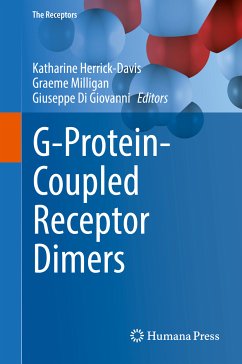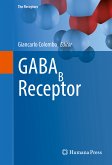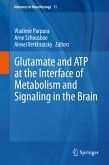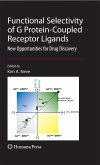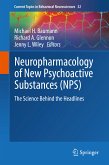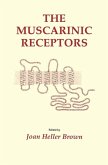G-protein-coupled receptors (GPCRs) are believed to be the largest family of membrane proteins involved in signal transduction and cellular responses. They dimerize (form a pair of macromolecules) with a wide variety of other receptors. The proposed book will provide a comprehensive overview of GPCR dimers, starting with a historical perspective and including, basic information about the different dimers, how they synthesize, their signaling properties, and the many diverse physiological processes in which they are involved. In addition to presenting information about healthy GPCR dimer activity, the book will also include a section on their pathology and therapeutic potentials.
Dieser Download kann aus rechtlichen Gründen nur mit Rechnungsadresse in A, B, BG, CY, CZ, D, DK, EW, E, FIN, F, GR, HR, H, IRL, I, LT, L, LR, M, NL, PL, P, R, S, SLO, SK ausgeliefert werden.

